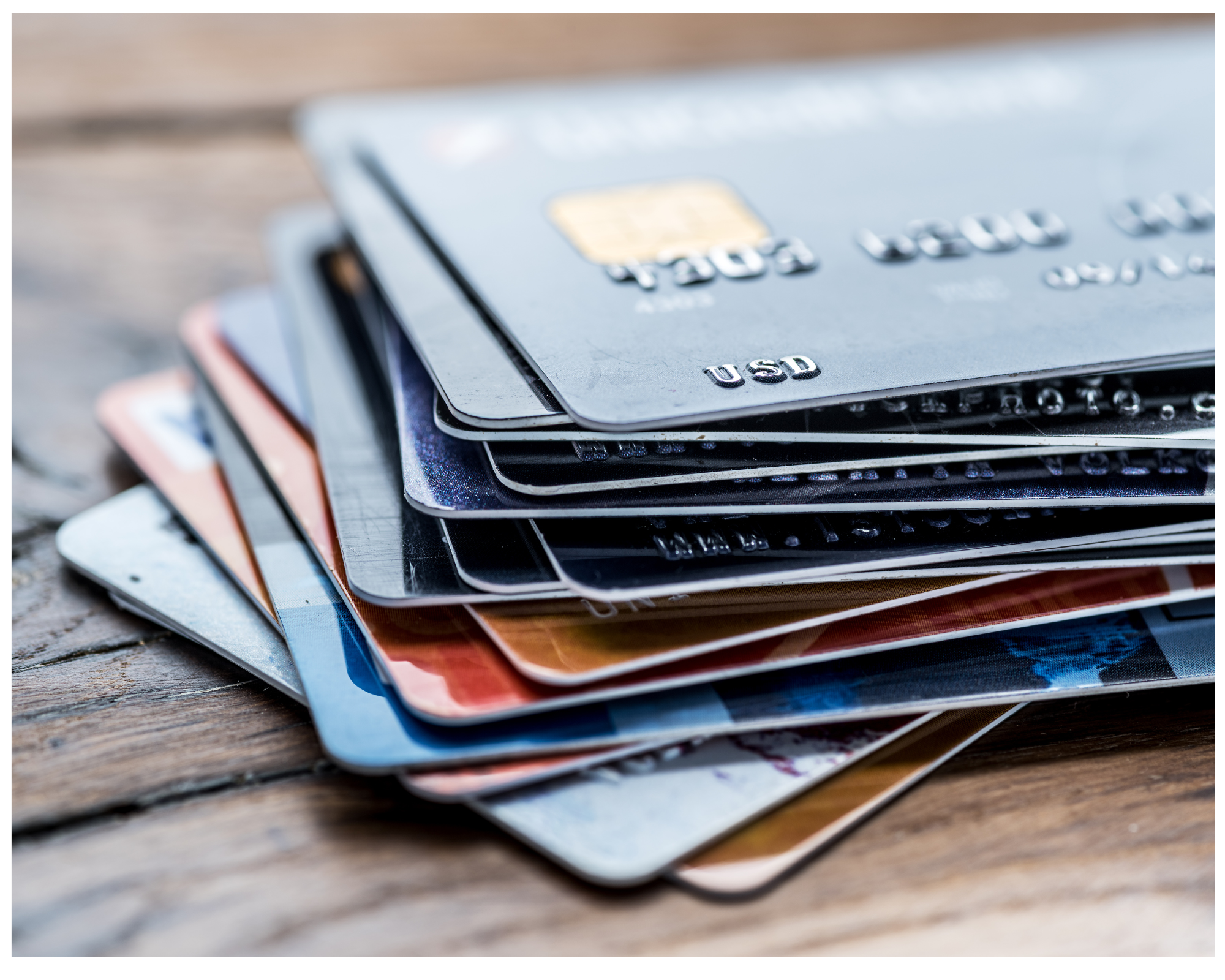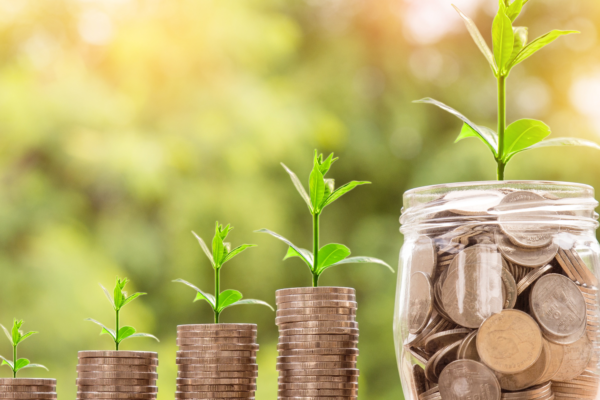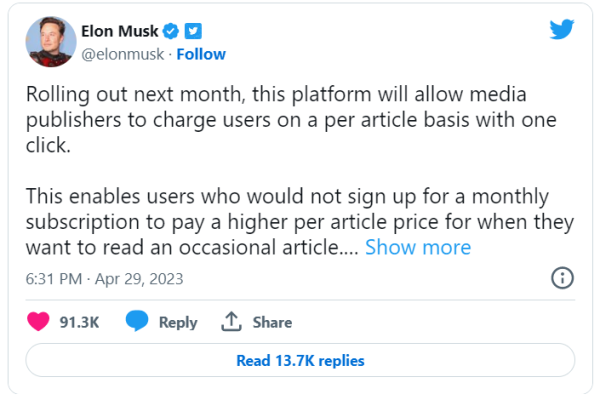Americans Reel in Credit Card Debt Due to Double Whammy
Americans are hitting the brakes on credit card spending, with a recent report showing a dramatic decrease in new debt. This shift comes amidst a “double whammy” of stricter lending practices by banks and skyrocketing interest rates.
Data from the Federal Reserve reveals the smallest monthly increase in revolving debt (mostly credit cards) since 2021. This sharp decline suggests a change in consumer behavior, potentially linked to a separate report highlighting reduced credit card lending by banks in the first quarter of 2024.
Economists believe these trends are intertwined. Banks, worried about a potentially sluggish economy and borrowers’ ability to repay loans, have tightened their belts. This means stricter credit score requirements and lower credit limits for new cards.
High interest rates add another layer of complexity. The Federal Reserve’s efforts to combat inflation have pushed average credit card interest rates to record highs. This makes carrying a balance significantly more expensive, discouraging borrowing and incentivizing debt repayment.
While the long-term effects remain to be seen, a sustained drop in credit card debt could have a ripple effect on the economy. Consumer spending, the lifeblood of the U.S. economy, might slow down. However, this slowdown could also lead to lower inflation, potentially prompting the Federal Reserve to consider lowering interest rates later this year.
This trend highlights a growing concern among Americans – how to manage credit card debt in a challenging economic climate. With stricter lending practices and rising interest rates, many are rethinking their reliance on credit cards and prioritizing paying down existing balances.








